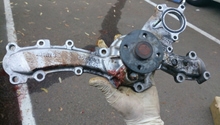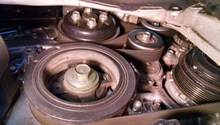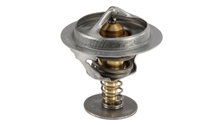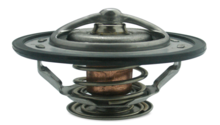Lexus IS/GS: How to Replace Your Serpentine Belt
Replacing the serpentine or drive belt in a Lexus GS or IS is a perfect DIY car project for relative novices. Like changing the oil, replacing the serpentine belt before it goes bad can save every Lexus owner an expensive headache in the future.
This article applies to the Lexus IS and GS (2007-2014).
The power to your alternator, power steering, and air conditioning is all delivered by the serpentine belt. If the belt breaks, you'll lose power to all these things, the most important being the alternator. No alternator means the battery can't charge which means the engine isn't going to start. It's best to replace the belt as soon as there are signs of large cracks or chunks missing from it to prevent it from breaking.

Materials Needed
- 10mm socket
- 14mm shallow socket or serpentine removal tool
- Phillips head screwdriver
- Cheater bar
Step 1 - Gaining access
The serpentine belt on these cars is in an awkward place to reach, so you'll need to remove some things to be able to gain as much access as possible. This step covers the process of accessing it from above in the engine bay; however, it is also possible to access it from below which gives you slightly more access but requires removing more components.
- Remove the plastic covers covering the air scoop screws on both sides of the engine bay. The driver's side has a plastic screw in it that holds it in place near the center; the passenger side will pop off.
- Remove the air scoop held in by 10mm bolts on either side.
- At this point it's recommended to perform a quick test to see if you can reach the tensioner pulley on the front of the motor with your 14mm socket or serpentine belt removal tool. The tensioner will be near the middle of the engine. If accessing the belt tensioner is difficult, remove the upper radiator hose for more working room.
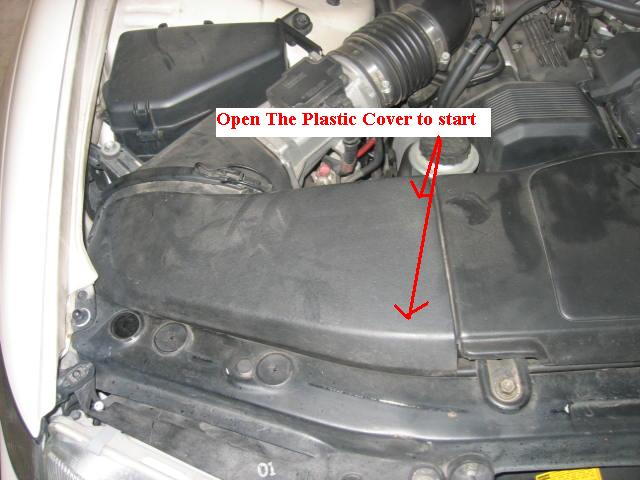
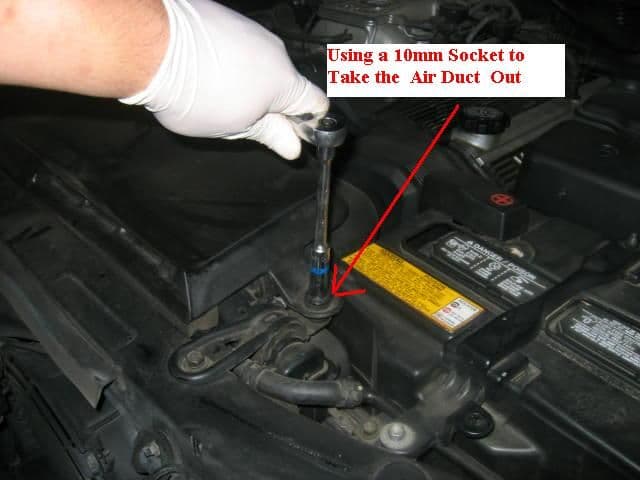

Step 2 - Remove old belt
This step requires several things to happen simultaneously; you may need to ask someone to come help. In Figure 4 below, the tensioner is labeled as #2; you'll notice that it's the only one with the bolt sticking out far enough to be able to get a tool on easily.
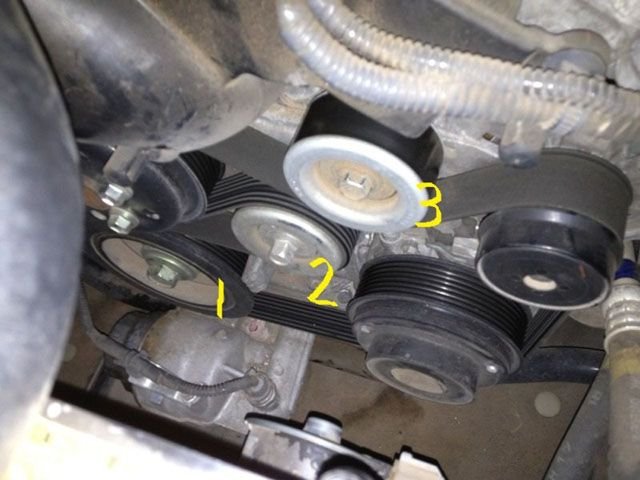
- Get your 14mm socket or serpentine belt tool onto the tensioner.
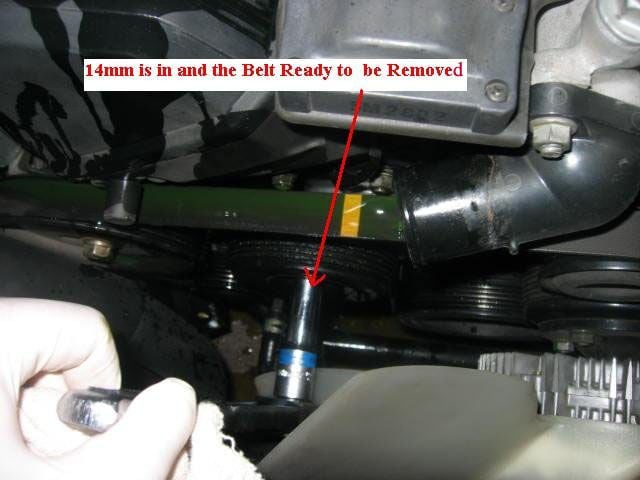
Figure 5. Socket on the tensioner bolt (notice the mess caused by removing the upper radiator hose). - With the cheater bar on the end, get it as close to the air intake as possible. The handle of the tool should be pointed to the passenger side of the car.
- With one hand, turn the tool towards the driver's side of the car. This will release the tension on the belt.
- While holding the tool in place to keep tension off, pull the belt of whichever pulley is closest to you.
- Once the belt has been removed from a pulley, release tension, get the tool out of the way, and remove the belt from the other pulleys.
Step 3 - Install new belt
Slipping the belt onto all the pulleys correctly will probably be the most time-consuming step of this process. This is because you'll need to get the belt back onto all the pulleys correctly and make sure the belt is seating properly on them. It's recommended to work from the bottom up by dangling the belt down and hooking it on the lower stuff first; try to get it on every pulley except for the one you first removed it from since that was the easiest one for you to access. While still keeping the belt tight so it doesn't fall off any pulleys, get your tool into place and then release the tension to get the belt onto the last pulley.

Figure 6. 4GR-FSE engine drive/serpentine belt diagram (Lexus IS 250). 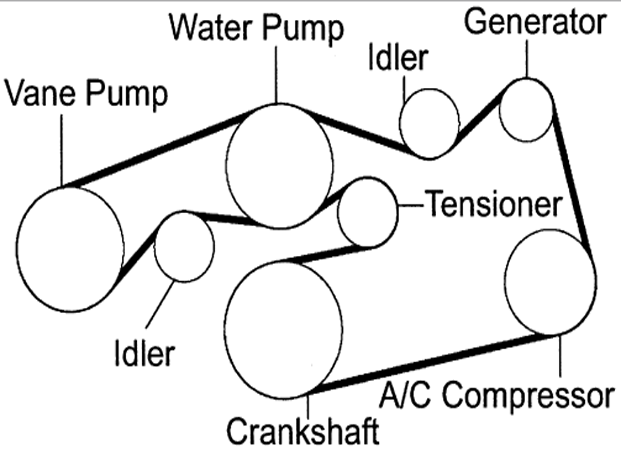
Figure 7. 2GR-FSE drive/serpentine belt diagram.
If the upper radiator hose was removed earlier, reattach it now and top off any lost coolant. Start the motor to give the belts a quick test. Make sure everything is installed properly with no odd noises or vibrations before installing the air scoop and plastic covers. Any chirping or other out of place noises are a sign that the belt isn't properly mounted on the pulleys.
Featured Video: How to Replace Serpentine Belt in Lexus IS/GS
Related Discussion and Site
- Lexus IS/GS 350 Serpentine Belt DIY - ClubLexus.com
- How to Change Serpentine Belt - Lextreme.com


